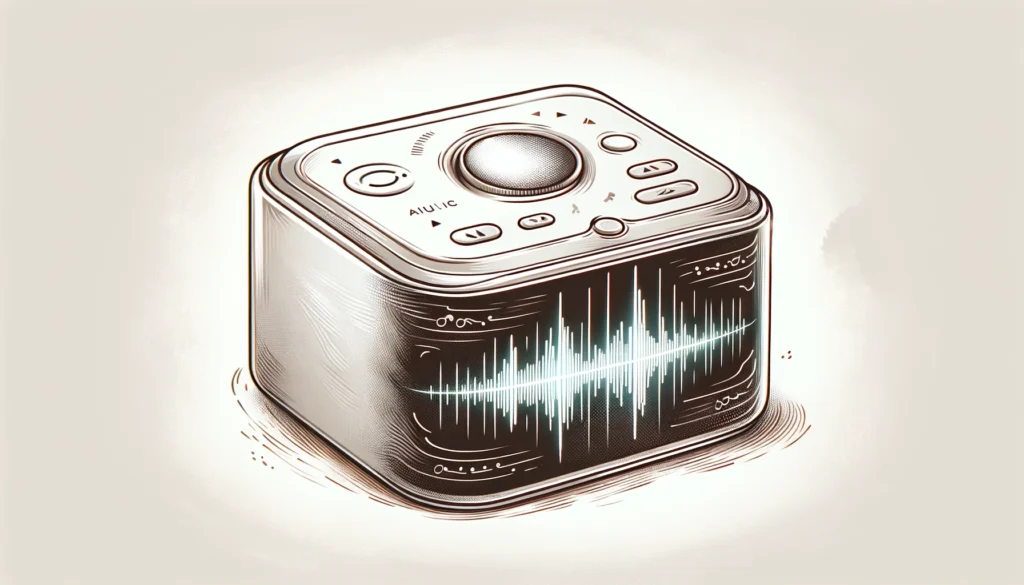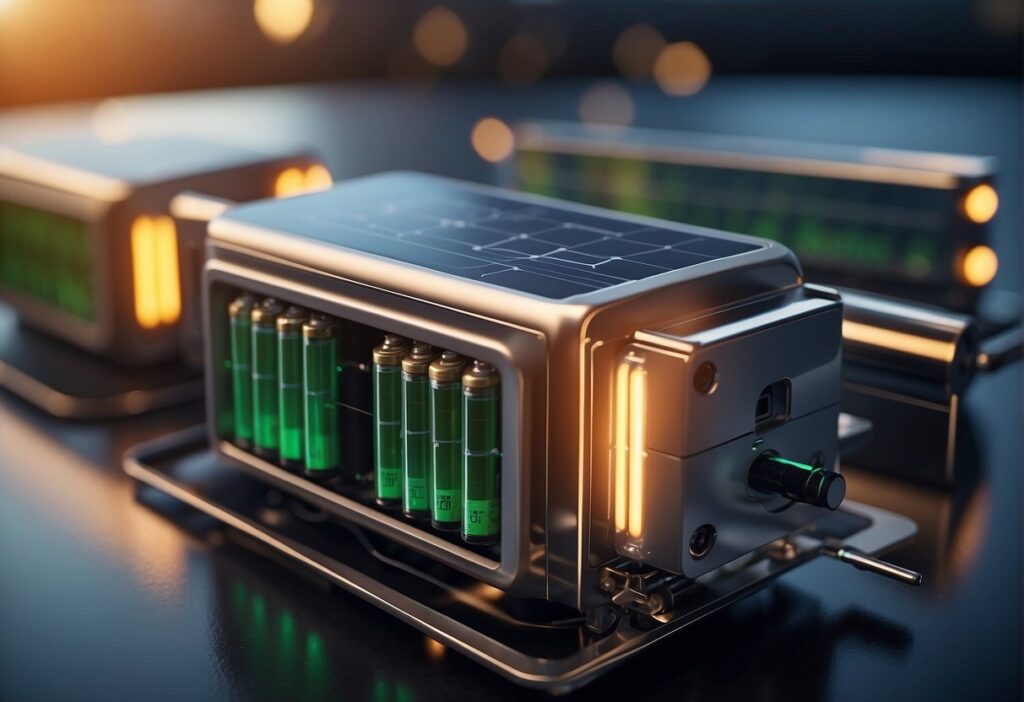Introduction to AI Animal Therapy

You’re about to step into a world where cutting-edge AI technology meets the compassionate care of animal-assisted therapy. Picture a setting where therapy doesn’t solely rely on live animals, but includes intelligent machines designed to interact and respond to human emotions in a remarkably lifelike manner.
Imagine AI Companions:
- AI-guided animals that simulate real therapy pets
- Advanced algorithms enabling empathetic interactions
- A new horizon in therapeutic support, especially for individuals unable to access live animals due to allergies, fears, or logistical challenges
Research Bridges the Gap: Research is at the heart of AI Animal Therapy, meticulously crafting algorithms and robotic systems that offer comfort and companionship.
- Aids in reducing stress
- Promotes emotional well-being
- Supports social engagement
- Enhances traditional therapy outcomes
Furthermore, with every interaction and therapy session, AI learns and adapts, ensuring every experience is tailored to your needs.
A Synergy of Tech and Care:
You’ll find AI Animal Therapy a safe, innovative solution—where technology and tender care converge to provide a consistent therapeutic presence. This harmonious blend paves the way for:
- Accessibility: Reach out for therapy when you need it, without geographical constraints.
- Hygiene: Maintain a clean and controlled environment, optimal for healthcare settings.
- Consistency: AI therapy animals offer the same level of interaction at each session.
The Role of Animals in Therapy
Discover the profound impact your four-legged friends have on emotional well-being and how even wild creatures can play a part in therapeutic settings.
Domestic Pets as Therapeutic Agents
Your bond with pets, especially dogs, can unlock a cascade of emotional benefits. Through Animal-Assisted Therapy (AAT), these lovable companions serve as more than just furry friends; they become healers.
When you interact with animals, your body releases oxytocin, often called the ‘love hormone,’ which plays a role in establishing emotional bonds and boosting your mood.
Imagine sitting quietly with a dog at your side — studies have indicated that these moments can lessen anxiety and increase feelings of comfort. These animals are more than pets; they’re therapeutic agents who give you unconditional love and help you navigate challenging emotions.
Wildlife and Exotic Animals in Therapy
Now, picture a session of Animal-Assisted Intervention with the majesty of wildlife and exotic animals. Although not as common as domestic pets in therapy, they offer a unique allure that can capture your attention and awe, helping you focus and remain present in the moment.
Engaging with these animals leads to similar benefits as domesticated pets, providing you with a sense of connection to the vast tapestry of life. It’s not just about the novelty; it’s about the connection you forge with a living being that’s wholly different from yourself yet able to evoke powerful, positive emotions within you.
AI and Robotic Animal Therapy Innovations

Embrace a new era in therapeutic interventions where cutting-edge artificial intelligence meets compassionate care through robotic animal therapy. Your journey towards well-being may just be a robot away.
Robotic Pets in Mental Health
Robotic pets are no longer figments of science fiction—they’re real, and they’re revolutionizing mental health care. Experience the comfort and companionship with robots like PARO, a therapeutic robotic seal designed to interact with you just like a living pet, soothing stress and providing a calming presence.
Studies, such as the one featured on Semantic Scholar, show that pet-robot interventions significantly reduce depressive symptoms among older adults. So when you touch or talk to a robotic pet, expect to unlock a relaxing and heartwarming experience that uplifts your spirits.
Interactive Robots for Physical Rehabilitation
Physical rehabilitation can be challenging, but interactive robots introduce a dynamic twist that encourages your active participation.
These robotic animals are not just adorable; they’re also outfitted with AI to assist you in physical therapy tasks.
For example, a robotic dog developed by Tombot provides not only companionship but also supports therapeutic goals by encouraging movement and interaction, thus enhancing your road to recovery.
Your interaction with these advanced companions could mean better motivation and potentially swifter progress in regaining your strength and mobility.
Clinical Applications of AI Animal Therapy

AI Animal Therapy is revolutionizing the way we address some of the most pressing health challenges. From providing companionship that alleviates mental health struggles to assisting with physical rehabilitation, this innovative approach is enhancing lives in a variety of clinical settings.

Did You Know?
AI Animal Therapy isn’t just science fiction—it’s a reality that’s touching lives today.
.. that some AI pets are equipped with sensors that allow them to respond to human touch and voice?
It’s true! 🤖❤️
Mental Health and Emotional Support
You are not alone in your journey towards mental well-being. AI animal therapy serves as a transformative tool in the battle against depression, anxiety, and stress.
Intelligent therapy animals, equipped with AI, can identify signs of loneliness and offer comfort, acting as responsive companions that adapt to your emotional needs.
Their presence can significantly uplift the quality of life for individuals grappling with emotional distress.
Physical Health and Rehabilitation
Regaining physical strength and mobility can be a challenging process. Fortunately, AI-powered animal therapy plays a crucial role in physical rehabilitation.
These animals provide support during exercises and motivate you with their interactive abilities, making recovery not only effective but also enjoyable.
Whether it’s encouraging movement or providing relief, their assistance can be a game-changer in restoring your health.
Elderly and Dementia Care
For older people individuals and those living with dementia, AI animal therapy offers a beacon of hope.
In the comforting environment of nursing homes, AI-enhanced animals are improving residents’ daily lives by promoting social interaction and reducing feelings of isolation.
They provide a sense of companionship that can break through the barriers of dementia, fostering moments of clarity and joy that enhance the quality of life for our loved ones.
Outcome Measures and Efficacy

When exploring AI Animal Therapy, it’s essential to consider both quantitative and qualitative results to truly grasp its effectiveness.
Quantitative Assessments in AI Animal Therapy
Precise measurement is crucial in the determination of how AI animal therapy impacts health outcomes.
A variety of quantitative methods are used, notably those stemming from systematic reviews and meta-analyses which aggregate data across multiple studies for more compelling evidence.
One common physiological metric utilized is cortisol levels, a hormone associated with stress, to objectively evaluate reductions in stress.
Additionally, standardized questionnaires can quantify changes in levels of social isolation and cognitive impairment, providing a clear picture of the therapeutic benefits.
Qualitative Feedback and Patient Experiences
Patients’ voices matter. The richness of qualitative feedback unveils the nuanced impact of AI animal therapy that numbers alone can’t express.
Through interviews and open-ended questionnaires, you can uncover personal stories reflecting improvements in mood, increases in social interaction, and a greater sense of comfort.
The patient experience thus becomes a valuable beacon, shining a light on the profound interpersonal effects of this therapeutic intervention.
Ethical Considerations and Future Directions

When integrating Artificial Intelligence (AI) into Animal Assisted Therapy (AAT), it’s crucial to prioritize the welfare of both the animals and the clients you serve.
Moreover, comprehensive safety protocols need to be tailor-made for each therapeutic setting. They ensure that every interaction supports, rather than jeopardizes, health and well-being.
Crucial Steps Forward:
- Strengthen Safety: Develop stringent guidelines that safeguard the emotional and physical wellbeing of all participants.
- Enhance Welfare: Regularly assess the therapy animals’ health. This encompasses frequent veterinary checks and stress monitoring.
- Boost Health and Well-being: Use AI to personalize therapeutic programs, leading to more effective outcomes for clients.
Essential Certifications:
- Professional Training: Both therapists and therapy animals should achieve certification through recognized institutions.
- Build Education: Equip practitioners with the necessary educational resources to understand AI applications within AAT.
- Refine Clinical Practice: Encourage ongoing learning to keep pace with technological advancements, thereby enriching clinical practices.
In the future, expect a stronger emphasis on ethical AI integration, fostering enhanced social interaction and therapeutic benefits.
Your role in this journey will involve staying informed and advocating for ethical standards that underpin this progressive alliance between technology, animals, and therapy.
Furry Companions and Digital Paws:
Navigating the World of AI Animal Therapy 🐾🌟
In the embrace of technology and the warmth of animal companionship, AI animal therapy stands as a beacon of innovation, offering solace and support to those in need. From the gentle purr of a robotic cat to the encouraging nudge of an interactive robot, these tech companions are redefining the boundaries of care and comfort. They serve not just as tools, but as friends, aiding in mental health, physical rehabilitation, and bringing a touch of the wild into the therapeutic space.
As we venture further into this symbiotic relationship between humans and AI, we witness a remarkable fusion of empathy and engineering. The clinical applications are vast, touching lives across generations, from the young grappling with emotional challenges to the elderly finding joy amidst the fog of dementia. The outcomes, measured both quantitatively and qualitatively, speak volumes of the efficacy of these artificial yet heartfelt encounters.
Conclusion
In conclusion, AI animal therapy is more than a scientific advancement; it’s a testament to human ingenuity and the enduring power of companionship. It stands as a reminder that in our quest for healing and happiness, sometimes the most profound connections come not from flesh and blood, but from circuits and silicon, guided by the human heart.
Let us continue to explore, innovate, and embrace the potential of AI animal therapy, for it is in these intersections of technology and tenderness that we find new pathways to wellness and well-being. 🐾💖
FAQ
- What’s the scoop on AI Animal Therapy? Imagine a cuddly companion that doesn’t shed and is powered by the latest tech—welcome to AI Animal Therapy! It’s all about giving you a dose of digital love when and where you need it.
- Why are folks wagging their tails over AI Animal Therapy? No walks? No problem! AI Animal Therapy is purr-fect for those who want the snuggles without the struggles. It’s companionship that fits right into your pocket or your living room, minus the mess!
- Will these robo-pets have us saying ‘bye-bye’ to real fur-babies? Not quite! While AI pals are awesome, they’re here to add to our pet-loving lives, not replace the warm fuzzies we get from our real-life furry friends.
- Is AI Animal Therapy a one-size-fits-all? You betcha! Whether you’re a tiny tot or a wise owl, AI Animal Therapy has something for everyone. It’s like having a personal cheerleader that never grows old!
- What kinds of AI critters can I adopt? From bionic beagles to virtual velociraptors, the world of AI Animal Therapy is brimming with choices. Each one is ready to leap off the screen and into your heart!
- Any ‘beware of dog’ signs needed for AI Animal Therapy? The only thing you’ll need to watch out for is becoming too attached! These techy pets are all about risk-free affection.
- How can AI Animal Therapy strut its stuff in hospitals and clinics? Picture this: a fleet of friendly robot pets roaming the halls, bringing smiles and support to everyone they meet. It’s like having a little nurse with a wagging tail!
- What’s next on the horizon for AI Animal Therapy? Get ready for AI pets that might just outsmart us! We’re talking about critters that learn your favorite games and even bring you your slippers. The future’s looking furry and bright!
Resources
- Animal Assisted Intervention International (AAII):
- AAII is a member-driven non-profit organization that offers a community, continuing education, standards of practice, competencies, and accreditation for AAI practitioners and animal trainers1.
- They provide comprehensive resources for professionals involved in animal-assisted interventions.
- Free Professional Resources from AAII:
- Guiding Documents for Competent Practice:
- AAAIP Competencies: These outline attitudes, knowledge, skills, and abilities specific to professional AAI practitioners. Whether you work with your own animal or partner with a paraprofessional, these competencies are essential2.
- Animal-Assisted Intervention Specialist Practice Analysis: This resource defines essential knowledge for professionals partnering with therapy animals2.
- Standards of Practice for Animal-Assisted Interventions: Guidelines for both professionals and volunteer handlers2.
- Guiding Documents for Competent Practice:
- Supporting AAI Research:
- AAAIP bridges the gap between research and practice by making findings available and applicable to AAI professionals.
- They offer templates for researchers and promote high-quality investigation of AAI interventions.
- Documenting Therapy Animal Behavior:
- AAAIP provides templates for tracking and responding to therapy animal behavior over time.
- Templates include:
- Emotional Response Tracker for Therapy Animals
- Reward System Tracker for Therapy Animals
- Body Language Inventory for Therapy Animals2.
- Members-Only Resources:
- The potential application of artificial intelligence in veterinary animal health:





